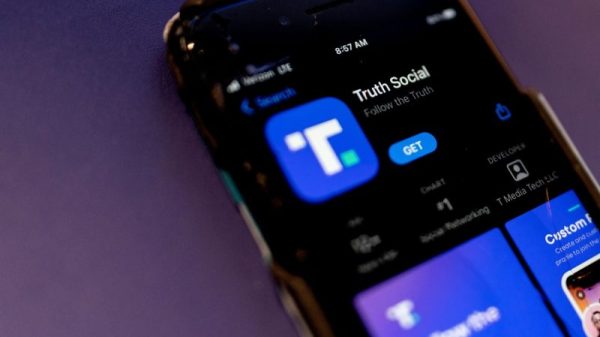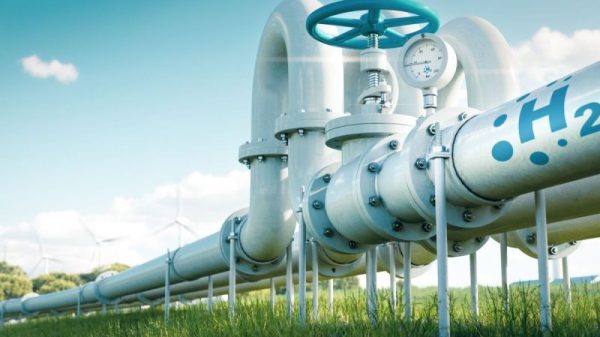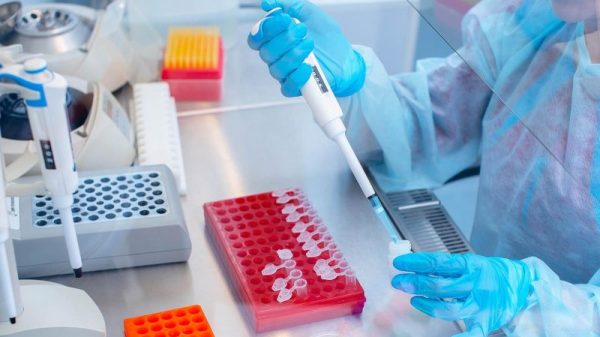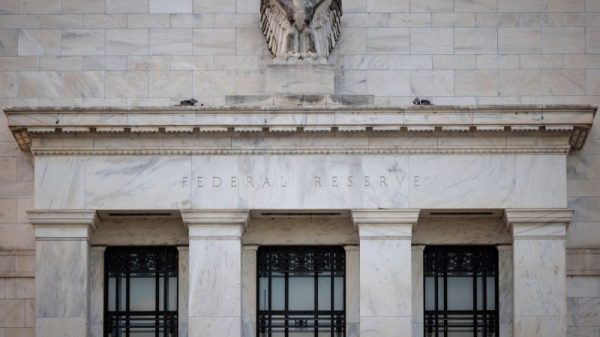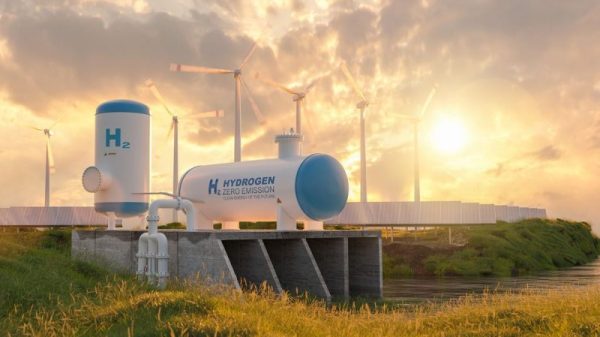Tesla, a leader in the electric vehicle space, heavily relies on lithium for the production of its lithium-ion batteries, a crucial component of its vehicles. One of the frequently posed questions about Tesla’s business activities is: where does Tesla source its lithium?
The answer is multifaceted and highlights Tesla’s commitment to sustainable development and best business practices. Knowing the paramount importance of lithium in its chain of production, Tesla engages in different strategies to acquire this highly demanded mineral.
#### Lithium Suppliers
The first source of Tesla’s lithium is the traditional suppliers in the mining industry. These are typically corporations that engage in the extraction and production of lithium. Initially, Tesla sourced its lithium from various suppliers worldwide, including major lithium-producing countries such as Australia, the world’s biggest lithium producer, Chile, and China.
In 2014, Tesla signed an agreement with Kidman Resources (now owned by Wesfarmers), an Australia-based company, to supply lithium hydroxide for its battery production. It was a crucial step towards securing a stable supply of this vital resource. This deal, alongside other agreements with international suppliers, ensures that Tesla has a continuous supply of lithium to meet its manufacturing needs.
#### Domestic Sources
In addition to international supply arrangements, Tesla has sought to localize its lithium supply.
In 2020, Tesla signed a five-year deal with Piedmont Lithium Limited, a company based in North Carolina. The agreement stated that Tesla would acquire one-third of Piedmont’s annual 160,000 tonnes lithium production, which is mined in the regional deposits of North Carolina, a potential lithium hub.
It’s a strategic move from Tesla in its goal to reduce dependency on international suppliers, lower its carbon footprint via reduced transportation needs, and foster the development of a domestic industry around raw material for EV batteries.
#### Self-Reliance: Nevada Lithium Clay Deposits
Perhaps the most exciting development in Tesla’s efforts to secure its lithium supply comes from its move towards self-reliance.
In its Battery Day event in September 2020, Tesla announced that it had secured rights to a 10,000-acre lithium clay deposit in Nevada. Rather than depending solely on others, Tesla made this groundbreaking decision to mine its lithium, thus minimizing its dependability on external suppliers.
Lithium extraction from clay hasn’t typically been used due to its complexity and cost. However, Tesla’s CEO, Elon Musk, stated that the company had developed a ‘sustainable’ and more straightforward way to extract the lithium using sodium chloride – table salt.
The effort signifies Tesla’s determination to control its supply chain and further its sustainability mission. It also has the potential to lower costs, which is essential in Tesla’s drive to produce more affordable electric vehicles.
#### Recycling Used Batteries
Tesla has taken its sustainability mission a step further by implementing a battery recycling system at its Gigafactory in Nevada. The approach gives Tesla another source of lithium – from old Tesla vehicles.
The recycling process allows Tesla to recover significant quantities of lithium and other metals used in their batteries, like nickel and cobalt. Not only does this reduce the need for lithium mining, but it also supports the circular economy and sustainability — a central tenet to Tesla as a company.
In conclusion, Tesla’s strategy for obtaining its lithium is multifaceted, tapping into suppliers from different parts of the world, exploring domestic sourcing options, pursuing self-reliance through mining rights in Nevada, and promoting a circular economy via battery recycling. This diversified approach not only ensures a steady supply of the crucial metal but also reflects Tesla’s commitment to sustainability and cost-effectiveness.




